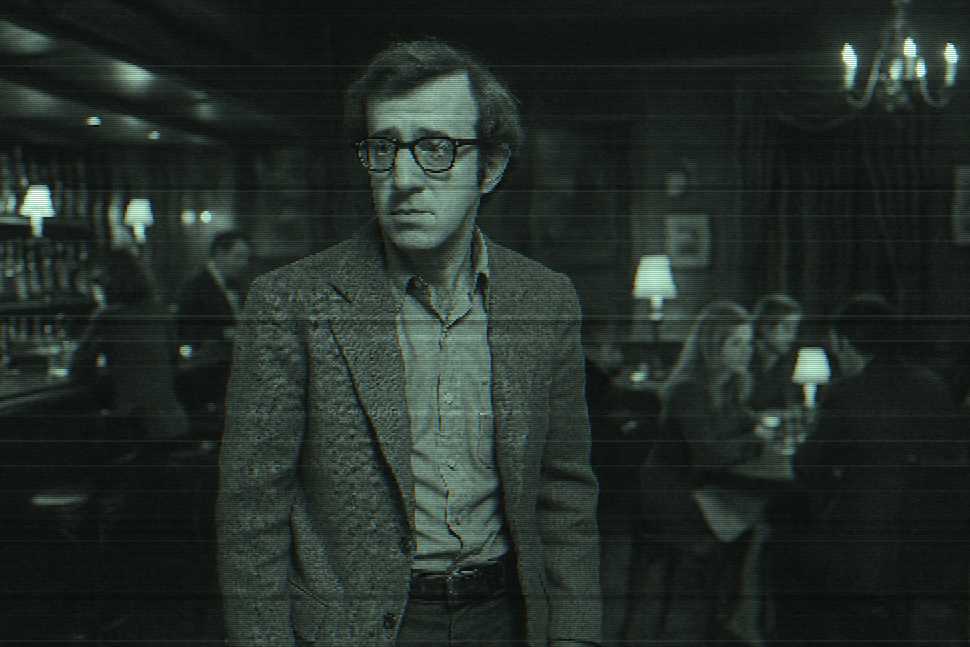
Play It Again, Sam 1972
This transmission follows a recently divorced male who attempts to resume romantic activity despite possessing no observable confidence or coordination. His strategy involves copying behaviors from a film called Casablanca, which appears to function as emotional scripture for certain human subtypes.
He is visited — possibly hallucinated — by a spectral version of the actor Humphrey Bogart, who offers advice on how to be more desirable. The advice includes drinking, indifference, and leaning on furniture with gravitas. The subject attempts these methods but suffers repeated setbacks due to excessive self-awareness and falling over objects.
He receives guidance from a pair of married humans. The male is disengaged; the female is supportive. Over time, emotional proximity develops between the subject and the female. This culminates in romantic tension, which is resolved by the subject attempting to reenact the ending of Casablanca, sacrificing the relationship for a concept called “what’s right.”
Throughout, the subject remains caught between his own neuroses and the cinematic ideal projected by his imaginary advisor. The result is not growth, but slightly more stylish hesitation.
Conclusion: Humans often outsource their emotional decisions to cultural artifacts, imitating fictional patterns in the hope of achieving real results. When confused, they consult ghosts of movies rather than living peers.
This record confirms that humans will model their behavior on fictional characters, even when those characters are emotionally unavailable and imaginary. Nebulon influence may require only a trench coat and mood lighting.
